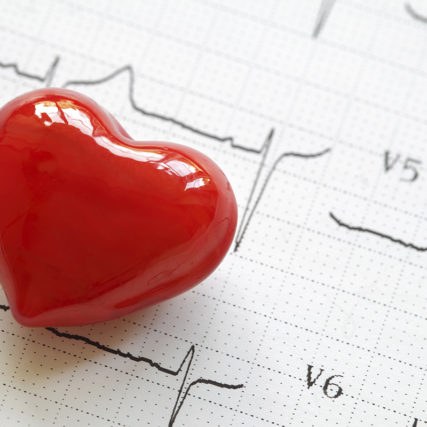Learn CPR
Learn CPR and AED Usage
Each second following sudden cardiac arrest is critical. And that’s why it’s so important to take quick action. To help you feel prepared and ready to assist at a moment’s notice, we’ve compiled some information to help you identify the signs of sudden cardiac arrest, then use hands-only CPR or, if available, an automated external defibrillator (AED) to provide lifesaving assistance until paramedics arrive.
” Laypersons starting CPR before 9-1-1 arrives can double to quadruple the chances of survival. “
How to Administer Hands-Only CPR
If you spot someone suffering from sudden cardiac arrest, one of the fastest, most effective ways to provide assistance is with hands-only CPR. And if you’re unfamiliar with CPR technique, hands-only CPR requires just two steps:
- Call 911
- Push hard and fast in the center of the chest to the beat of a song that’s 100 to 120 beats per minute (examples include “Sweet Home Alabama” by Lynyrd Skynyrd, “MMMBop” by Hanson or “Stayin Alive” by the Bee Gees)
Using Automated External Defibrillators (AEDs)
If you’re trying to help someone suffering from sudden cardiac arrest and you’re in a facility with nearby automated external defibrillators (AEDs), the American Red Cross offers step-by-step instructions from the American Red Cross:
- Turn on the AED and follow the audio and/or visual prompts
- Open the person’s shirt and wipe his or her bare chest dry
- Attach AED pads (plug in the connector if necessary)
- Make sure no one is touching the person. Give the command to “stand clear.”
- Push the “analyze” button if the AED has one (this analyzes the person’s heart rhythm)
- If the AED recommends that you deliver a shock to the person, check again to make sure no one (including you) is touching the person. Yell “stand clear” and, when clear, push the “shock” button.
- Begin CPR after delivering the shock. If no shock is advised, start CPR.


Spot the Signs of a Heart Attack
Although signs can vary for each person (and can be different for men and women), it’s important to be aware of several symptoms that might indicate a heart attack, as outlined by the Heart and Stroke Foundation of Canada. If you or someone you’re with experiences any of the following, call 911 immediately.
- Chest discomfort
- Sweating
- Upper body discomfort (including the neck, jaw, shoulder, arms and back)
- Nausea
- Shortness of breath
- Lightheadedness
What’s Next?
Check out the CPR and Cardiac Arrest learning and training opportunities from some of our partners and become certified to save a life.
Questions?
Check out our other Lifesaving Strategies or Contact Us to have one of our experts answer back.


